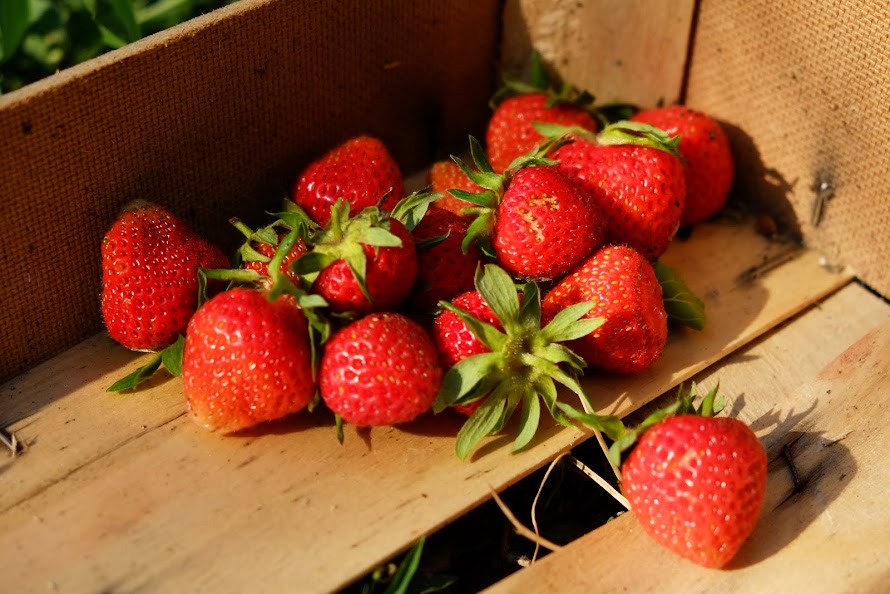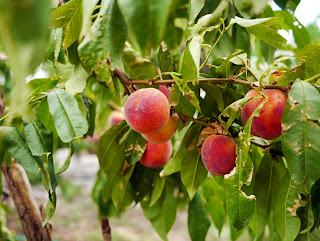As the holidays draw nearer, the consumption of sugar seems to increase without us even realizing it. Chocolate, in addition to other holiday treats, is associated with the Christmas time, and for many it is not real Christmas if there are no gingerbread cookies or peppermint candies. As I have mentioned before a couple of times, sugar really is not healthy for you – processing the sugar we eat and at the same time keeping our systems in balance requires a lot of energy and nutrients (namely B vitamins) (1). It is hard to give up sugar completely, especially at this time of the year, so how is one supposed to decrease the intake of sugar?
One way is to try to replace the sugar with other sweet foods. However, I
don’t mean artificial sweeteners, because to me, food is supposed to be natural,
not artificial. According to Justin O’Brien, (Ph.D.), “[a]rtificial food
products disturb the functioning of your metabolism”(1), which makes sense, as it
seems that the body doesn’t know what to do with artificial substances, it
doesn’t have enzymes to break them down. Thus instead of aspartame and the like, I recommend stevia as a sugar replacer, as stevia
is extracted from a plant and is therefore not artificial and what is more, it
may even contain medicinal properties (2).
When baking Christmas treats, instead of white sugar, one can try using
raw sugar, maple syrup, molasses, apple sauce, banana and other less processed
sugar-like sweeteners. You might get some nice additional flavor to the final
product, too! You can find recipes of your old favorites that use alternative
sweetening methods, or you can experiment yourself.
Lastly, stock up on fresh and dried fruit. Then, before reaching for the
chocolate, you can have a cutie (or an apple or a pear...) to satisfy the sweet
craving. The good thing is that the less you eat white sugar, the less you
crave it too.
Here is a recipe for a blueberry breakfast cake that uses raw sugar
instead of white sugar. It is from the cookbook Everyday Happy Herbivore by Lindsay S. Nixon (3). I used whole
spelt flour instead of wheat and only raw sugar instead of raw and brown sugar (I bought mine from Safeway).
I also used fresh blueberries, not wild frozen ones and I didn’t sprinkle the
cake with additional sugar. It turned out really great!
2 cups whole wheat
pastry flour
1 tsp cinnamon
½ tsp ground ginger
1 tsp baking powder
½ tsp baking soda
½ cup unsweetened
applesauce
¼ cup light brown
sugar
¼ cup raw sugar
1 tsp vanilla
extract
1 cup non-dairy
milk
1 cup wild
blueberries, frozen
Enjoy!
Love,
Anna-Kaisa
References:
1.
O’Brien, Justin Ph.D. The Wellness Tree. Saint Paul, MN: Yes
International Publishers, 2008. Print.
2.
Goyal SK,
Samsher,
Goyal RK.
“Stevia (Stevia rebaudiana) a bio-sweetener: a review”.
Pubmed.gov. Feb 2010. Web. 12/16/2013
3.
Nixon, Lindsay S. Everyday Happy
Herbivore. Dallas, TX: BenBella Books Inc. 2011. Print.










